Some local councils provide a food waste caddy or bin for residents. Also, if you run a restaurant, cafe or any other establishment that serves food, you will no doubt have a food waste bin too, to reduce your waste costs and be kinder to the environment.
So, what is a food waste bin and what can be put in them? This will differ from council to council and from waste management company to waste management company, but below is a general guide that will be relevant for most.
What bin is best for food waste?
The size of your food waste bin or wheelie bin will depend on the amount of waste being produced and how often the container is being emptied.
If you run a business, your waste management company will audit your waste and sort this out for you.
If you’re a domestic recycler, your local council will provide you with a bin (and sometimes a caddy) and let you know when the bin will be emptied.
We would recommend a wheelie bin lock being fitted to outside food waste bins to deter flies, foxes, rats, and so on.
What you can place in a food waste bin

- Leftovers — uneaten food you have scraped off your plate or the plate of diners
- Raw and cooked vegetables, including mouldy/off produce and peelings
- Coffee grounds
- Tea bags, if they are plastic-free (you can check which are and which aren’t, here)
- Tea leaves
- Bones
- Raw or cooked meat and fish
- Grains and pulses, such as pasta, rice, lentils and beans
- Bread, pastries and cakes
- Ready meals that have passed their use-by date (without the packaging)
- Dairy goods, such as cheese
- Eggs and eggshells
- Biodegradable liners
- Newspaper (in small amounts) if you use that to line your bin
What you can’t place in a food waste bin
- Plastic bags
- Plastic bin liners
- Nappies
- Food and drink packaging of any kind
- Garden waste
- Liquids (tea, coffee, oil, juice, milk, etc.)
- Any material that isn’t food waste
What happens next?
Once you have collected your food waste up in your kitchen caddy and then bin or wheelie bin, it will be transported elsewhere.
Depending on who collects your food waste, there are various outcomes for it.
When it is kept separate to garden waste, it will often be collected and transported to an anaerobic digestion site, where it will be used to produce green energy.
Where your waste is mixed (food waste and garden waste), it may be sent to be commercially composted instead.
In this situation, it is often used to create a compost which is then used for agriculture, horticulture, and landscaping.
Make your own compost
If you’re a keen gardener, own an allotment or veg plot, or are a member of a gardening club, you may be eager to make your own compost.
We wrote a guide to creating a wheelie bin worm farm, if that’s your thing, or you can set up a simple compost heap if you prefer.








Craig Pryce